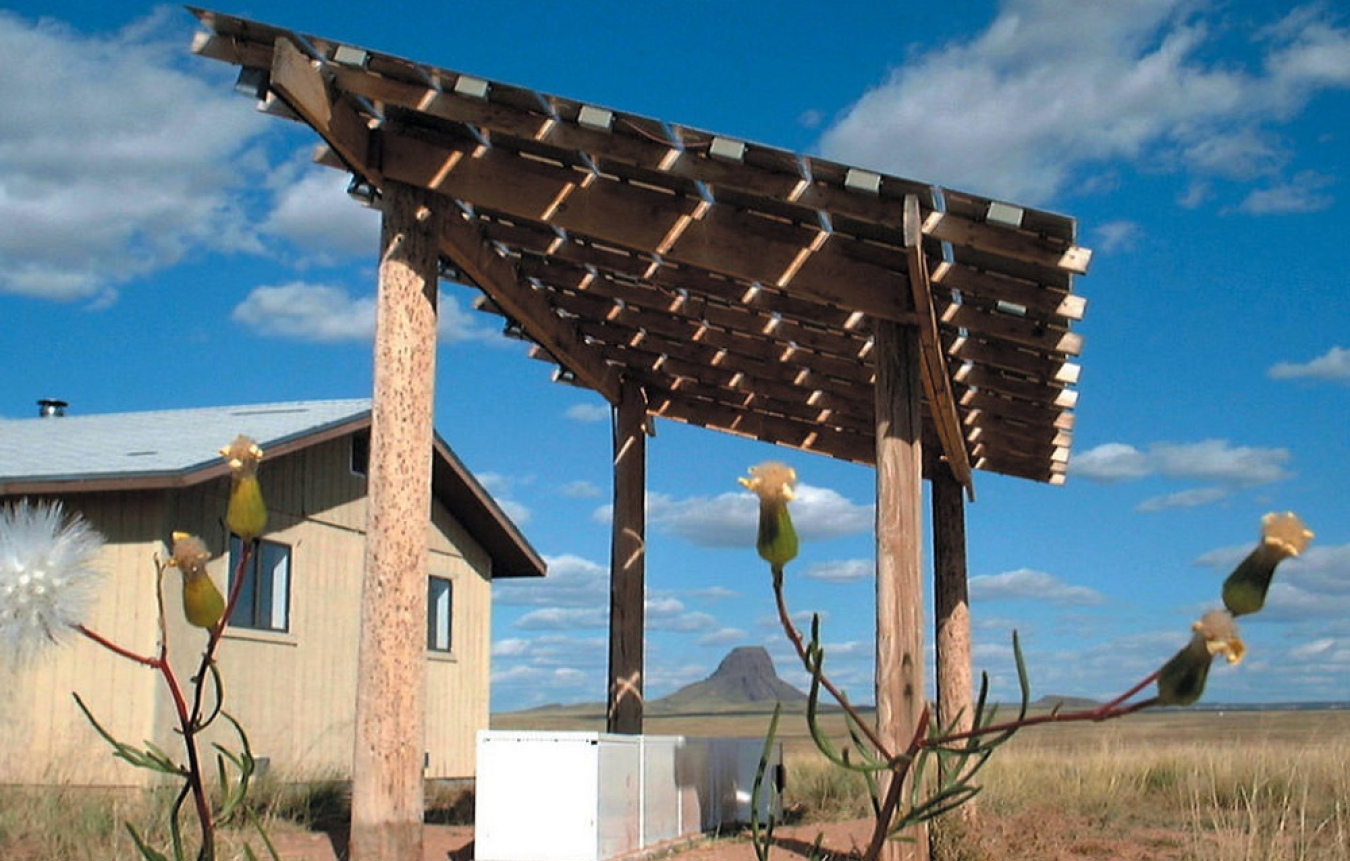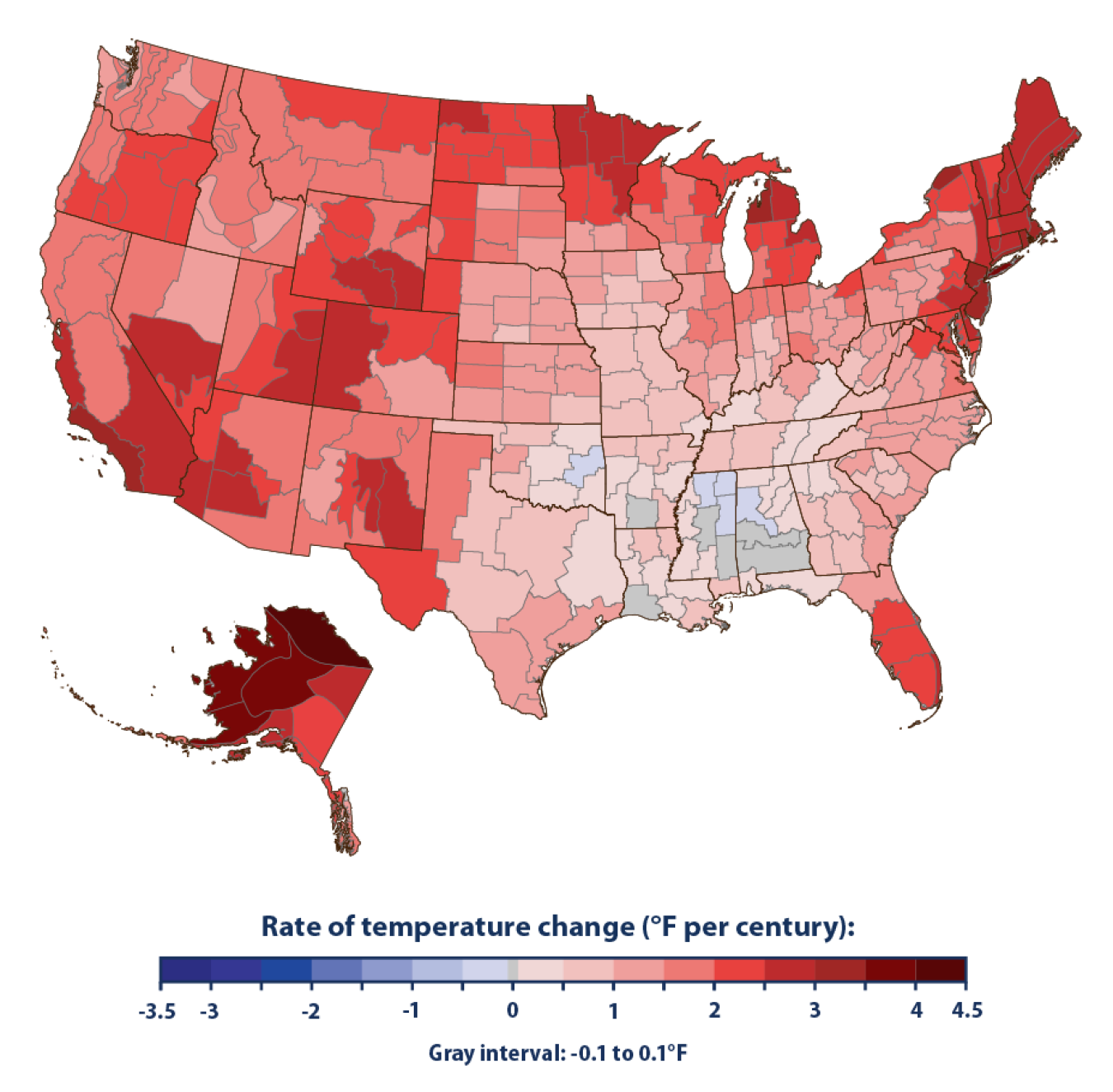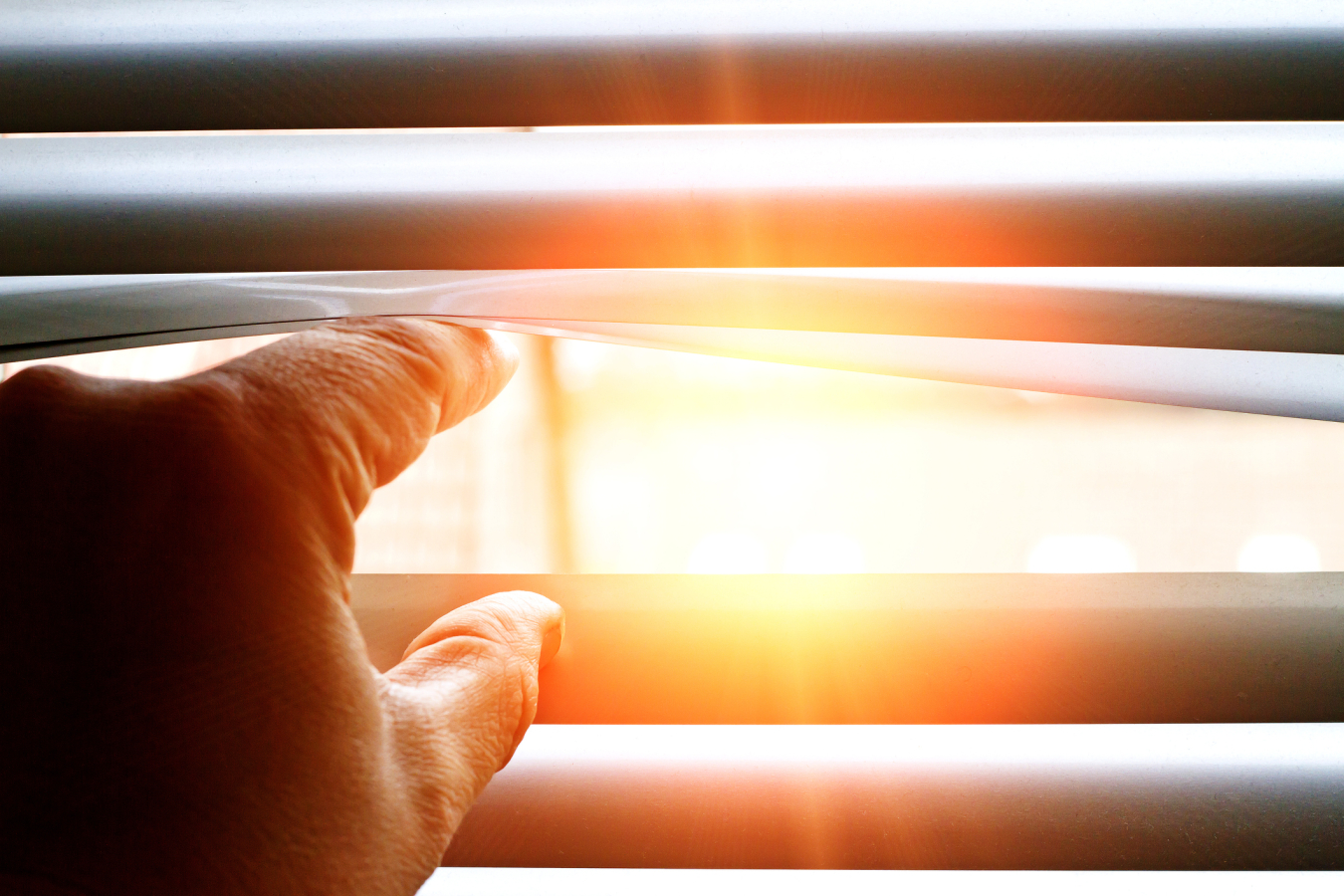These tips are some simple actions you can take to reduce your energy use and lower your utility bills this summer.
Office of Indian Energy Policy and Programs
July 1, 2021
June 21 marked the summer solstice in the Northern Hemisphere, signaling summer's arrival and the hottest stretch of the year.
For many tribes, summer is cause to celebrate and enjoy the upsides of seasonal changes. But as temperatures rise, some Native families and communities feel the downside of the summer heat as costs to cool also go up.
Much like the mercury in a thermometer, home energy-related costs tend to rise with the temperature. The summer swelter takes its toll, electricity loads peak in the summer months, especially in the hotter afternoons when the use of electrical appliances like fans and air conditioners is heaviest. This demand for electricity drives the cost, which is reflected in your utility bill.
Our Changing Climate
In many U.S. native communities, summers are getting even hotter as the effects of climate change intensify. Data from the National Oceanic and Atmospheric Administration reveal many parts of the United States are much warmer today compared to a century ago. Communities in the North, the West, and Alaska have felt the greatest average temperature increase—as much as 1.5 to 3 degrees Fahrenheit during the summers and, for some, more than 4 degrees annually.

Hot Tips to Cool Your Home
The tips below are some simple actions you can take to reduce your energy use and lower your utility bills this summer.

Block Out the Sun
Windows create a greenhouse effect in our homes, allowing the sun's rays to enter and trapping warm air inside. Using blinds or curtains, especially on southern- and western-facing windows, can block the strong summer rays and avoid additional radiative heating. This will reduce the need for air-conditioning or indoor cooling.
Cook Outside
Summer is a prime opportunity to enjoy the great outdoors. To reduce energy use, avoid using your oven. Take it outside - use a grill. Not only will it eliminate the electricity used to power the stove, but it will also avoid raising the temperature inside your home, reducing the need for air conditioning or cooling.
Not Using It? Unplug It
Even appliances that are turned off still use small amounts of electricity, known as "phantom loads." Along with turning off the lights, unplug lamps, TVs, appliances, and anything else you are not actively using. While the impact of these small individual actions may seem insignificant, every little bit helps to add up to greater electricity and cost savings.
Maximize Appliance Efficiency
In the absence of air conditioning, fans, both window and ceiling, can provide some relief from the heat. Bear in mind that fans do not generate cool air; they only move existing air, making humans feel cooler by evaporating moisture from your skin. You can maximize this cooling effect—and minimize wasted energy—by positioning portable fans to circulate air evenly throughout a room or building to maintain a comfortable feel throughout.
If you have an air conditioner, perform routine maintenance checks to ensure it is working efficiently, and to maximize your comfort. Routine maintenance may include replacing air filters to avoid clogging, which reduces your air conditioner’s ability to absorb heat. Consider hiring a professional to check the coils, fins, evaporative cooler, and heat pump periodically to make sure the air conditioner is in tip top shape. Neglecting maintenance could lead to poor performance and excessive energy use.
Finally, avoid placing heat-emitting appliances (such as lamps or a TV) near your thermostat. The thermostat may sense the heat these appliances create, causing the air conditioner to run longer and more often, costing you money.
Consider, evaporative coolers which cost about one-half as much to install as central air conditioners and use about one-quarter as much energy.
Seal Up the Envelope
Where excess energy consumption is concerned, breaches in the "building envelope"—the barrier that prevents outdoor conditions from invading your indoor space—are the biggest culprits. Filling cracks and gaps can be an easy, effective, relatively inexpensive way to increase comfort save energy by ensuring the hot air stays out and the cool air stays in. However, over sealing can impact indoor air quality, so use caution.
- Use simple caulking and weather-stripping to fill any cracks or gaps that could allow free flow of air in and out of the dwelling, or air leaks.
- Use caulk to seal cracks or openings between stationary objects like door and window frames.
- Apply weather-stripping around things that move, such as window sashes and the door itself.
- Check your attic and basement for air leaks. Seal the small cracks with foam or caulk. For larger holes, you may need to install or replace insulation.
Follow Our Series for More Tips
No matter how you keep cool this summer, remember shorter days and colder nights are only a few months away. Keep an eye out for more seasonal tips in our energy saving blog series throughout the year—and visit the DOE Energy Saver website for additional energy saving tips for consumers and homeowners.
The U.S. Department of Energy (DOE) Office of Indian Energy supports a variety of energy-related projects on tribal lands and for Alaska Native villages. Learn more about the Office, listen to a podcast, request no-cost technical assistance to advance a tribal energy goal or energy project, and read about successful projects around Indian Country.


